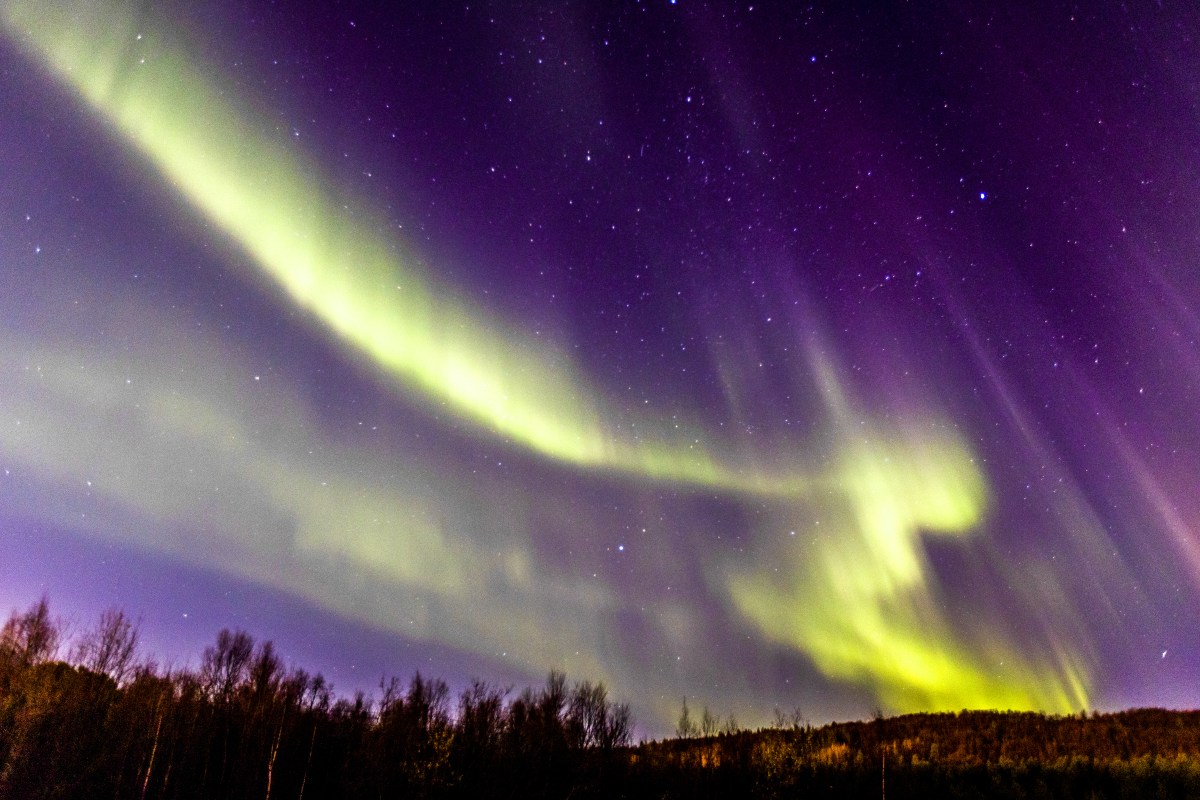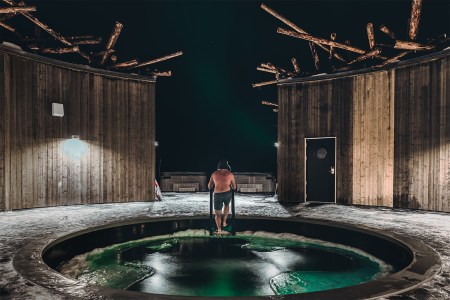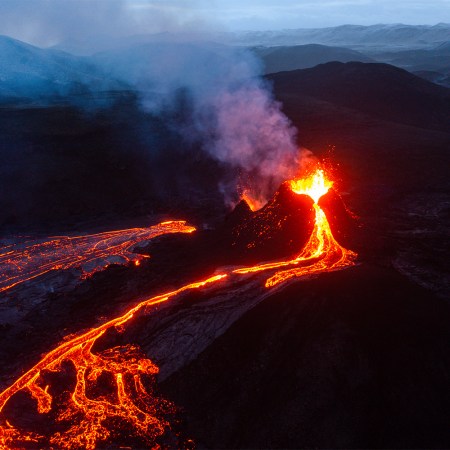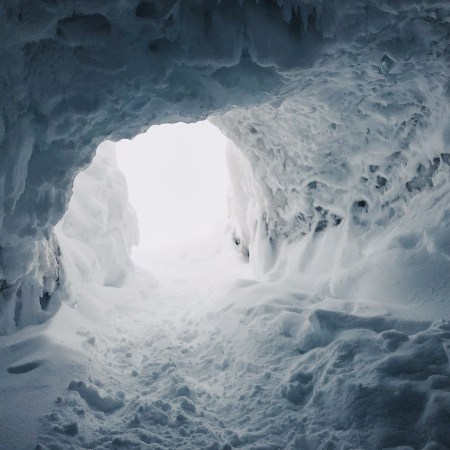The first time I went Northern Lights-chasing, over seven years ago, was deeply unsatisfying.
I stood in the gravel driveway of a farm an hour north of Reykjavík for 90 minutes or so, freezing my buns off, squinting at the horizon. Eventually, our guide whooped and pointed to what looked like a grey jellybean in the sky, claiming we’d “gotten lucky” and spotted them after all. I took a couple of forgettable photos of the swirl, resigned to the fact that I’d be back.
There were some things I could’ve done differently on that first attempt, like visited in peak season (it was early November, and aurora in that part of the world are most prevalent in the winter months), flexed the tour to a clearer night (it was slightly overcast) or made sure I planned the trip around a new moon (going in the week before or three days just after a fresh lunation ensures that moonlight isn’t competing with polar lights in the sky).
But whatever knowledge I’ve picked up over the years, successfully hunting a cosmic light show still takes a ton of luck, too. And happily, aurora-hopefuls are now entering a multi-year span where fortune is on our side.
That’s because the sun is transitioning to what’s called a “solar maximum” over the next three years, reflecting a gradual build-up that began in December 2019, the point of the last solar minimum. The sun goes through 11-year solar cycles (give or take), during which space weather fluctuates and the number of sunspots rises or falls. As that number increases, more of the sun’s charged particles are going to interact with Earth’s atmosphere…leading to more frequent and more intense aurora.
How to Spend 7 Perfect Days in Swedish Lapland
Start at a ski resort, then head to an ice hotel, a floating cabin and a breathtaking treehouseAn inflection point should arrive by summer of 2025 (hence why NASA and the NOAA have literally assembled a Solar Cycle 25 Prediction Panel), but outdoor photographers have already documented an uptick in intensity — frequently spotting Northern Lights in Michigan, Wisconsin and Minnesota over the last two seasons — while the “fallout” from the maximum should guarantee transformative displays until 2027, at the latest.
Ultimately, the “event” should take some guesswork out of a bucket-list adventure, increasing your chances of seeing ribbons of green and violet…instead of sooty, here-and-there blots on the sky.
But remember, regardless of solar cycle, the single best thing you can do is get yourself into the Aurora Zone, a stretch of locations in 66 to 69 degrees northward latitudes, including parts of Iceland, the Faroe Islands, Norway, Sweden, Finland, Greenland, northern Canada and Alaska.
As Finnish aurora whisperer Markku Inkila says, “There has been lots of talk about solar maximum…but the thing is that we are in the middle of the ‘aurora zone’ so it doesn’t matter what year it is. We see them nearly every day when it’s clear sky.”
Thanks for reading InsideHook. Sign up for our daily newsletter and be in the know.



















